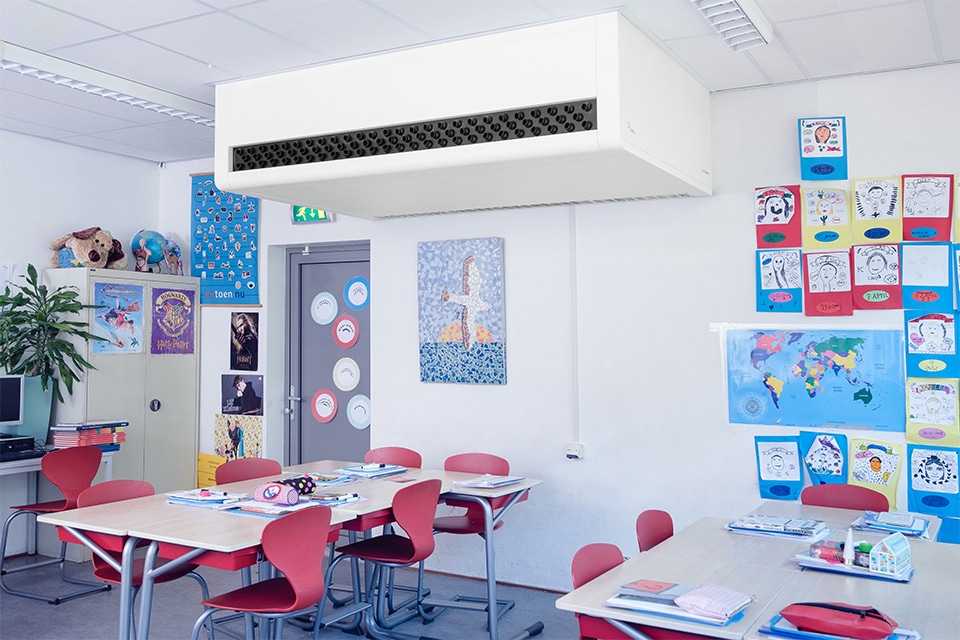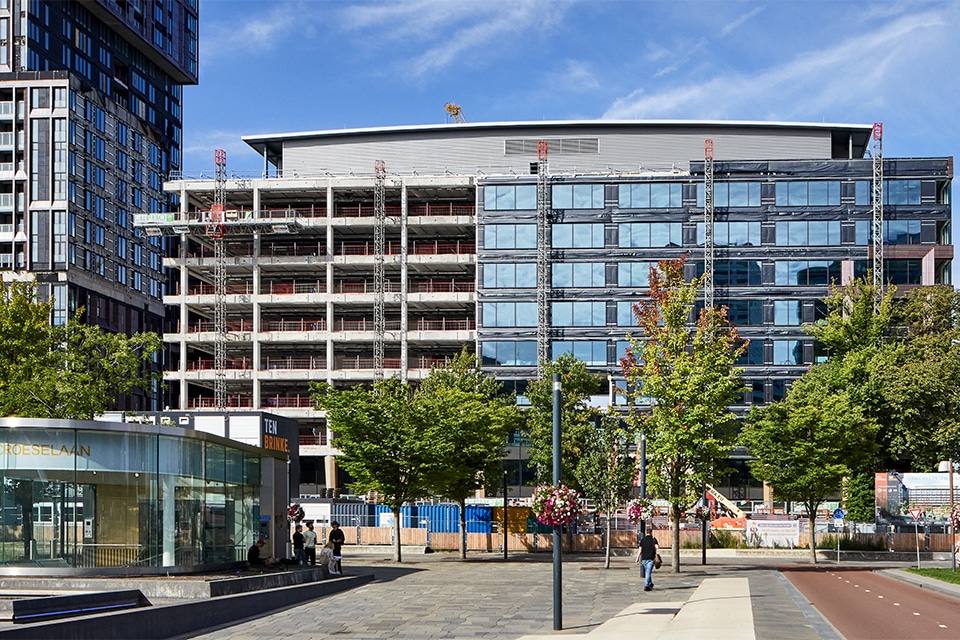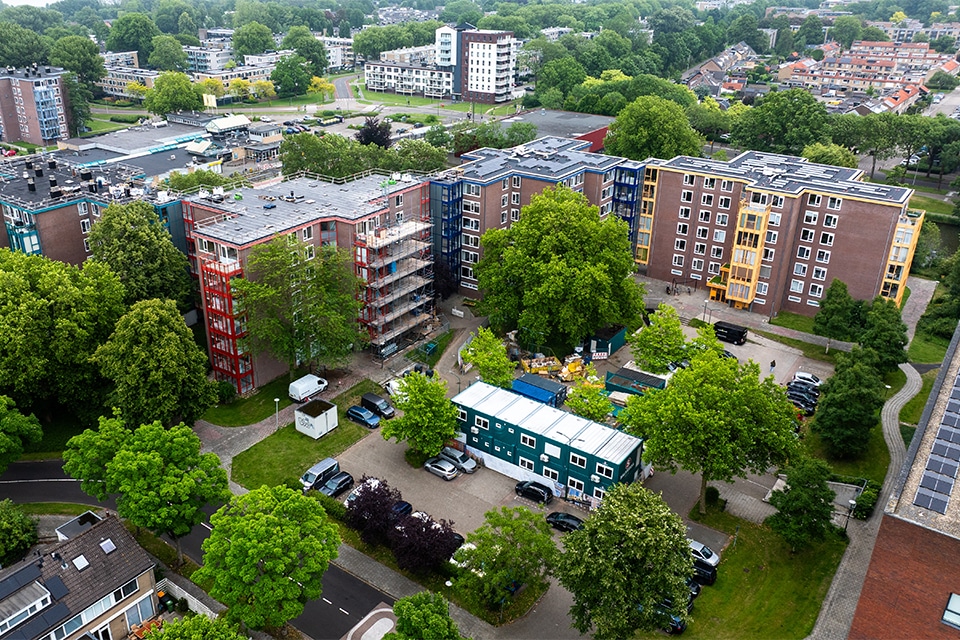
Specialized solutions for industrial concrete floors.
The high rate of change that users/operators of logistics and distribution centers are experiencing, the use of new technology, increased throughput and environmental issues demand specialized solutions for industrial concrete floors. Marieke Pitlo of Twintec explains why the role of the specialized floor contractor does not start with the tender for the project, but with early design involvement well before the invitation to tender is sent out.

"Often the end user or customer identifies problems in the design of the new warehouse, leading to subsequent design changes, delays in project programs and ultimately higher costs," Pitlo knows from experience. "However, many of these new 'insights' could have been identified through early involvement of a specialized floor contractor in the design phase of the project." With early involvement, Twintec provides advice, specifications and design details to the end user to ensure the floor is fit for purpose and tailored to the specific needs of the end user well before the first shovel goes into the ground.

Operational needs
Often, requests for quotes are received directly from the general contractor, with limited information about the future function of the building. Pitlo: "One might think of the racking plan, operational needs, robotic functions or any change in the building's user function. Often the demand for a particular type of floor is immediately put down. If we were to fully identify the operational needs of the end user, it may be that a fully seamless (Twintec® ULTIMATE) or 'seamless' steel fiber reinforced (Freeplan®) concrete floor would better suit the current/future needs of the end user. Certainly the ecological aspect cannot be eliminated in the design phase either. The use of other aggregates in the concrete mortar, electric machines or even the Twincon fiber (recycled fiber), contribute to a reduction in CO2 emissions. If too little attention is paid to an optimized design, this has irrevocable consequences on the use of the concrete floor as well as on the maintenance costs in the short and long term."
In short, optimized design is the key to reducing CO2 emissions, maintenance costs and building life cycle costs.
Heeft u vragen over dit artikel, project of product?
Neem dan rechtstreeks contact op met Twintec.
 Contact opnemen
Contact opnemen




